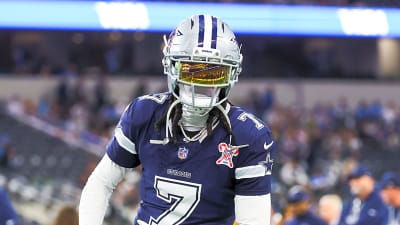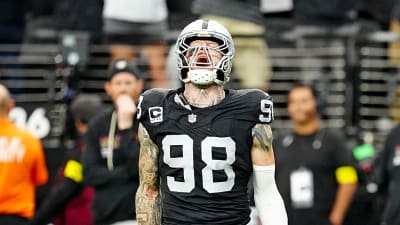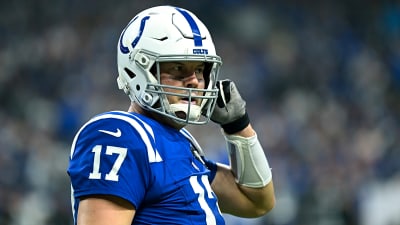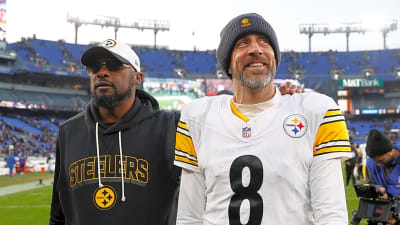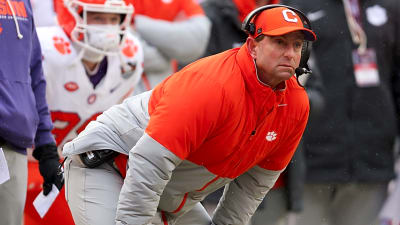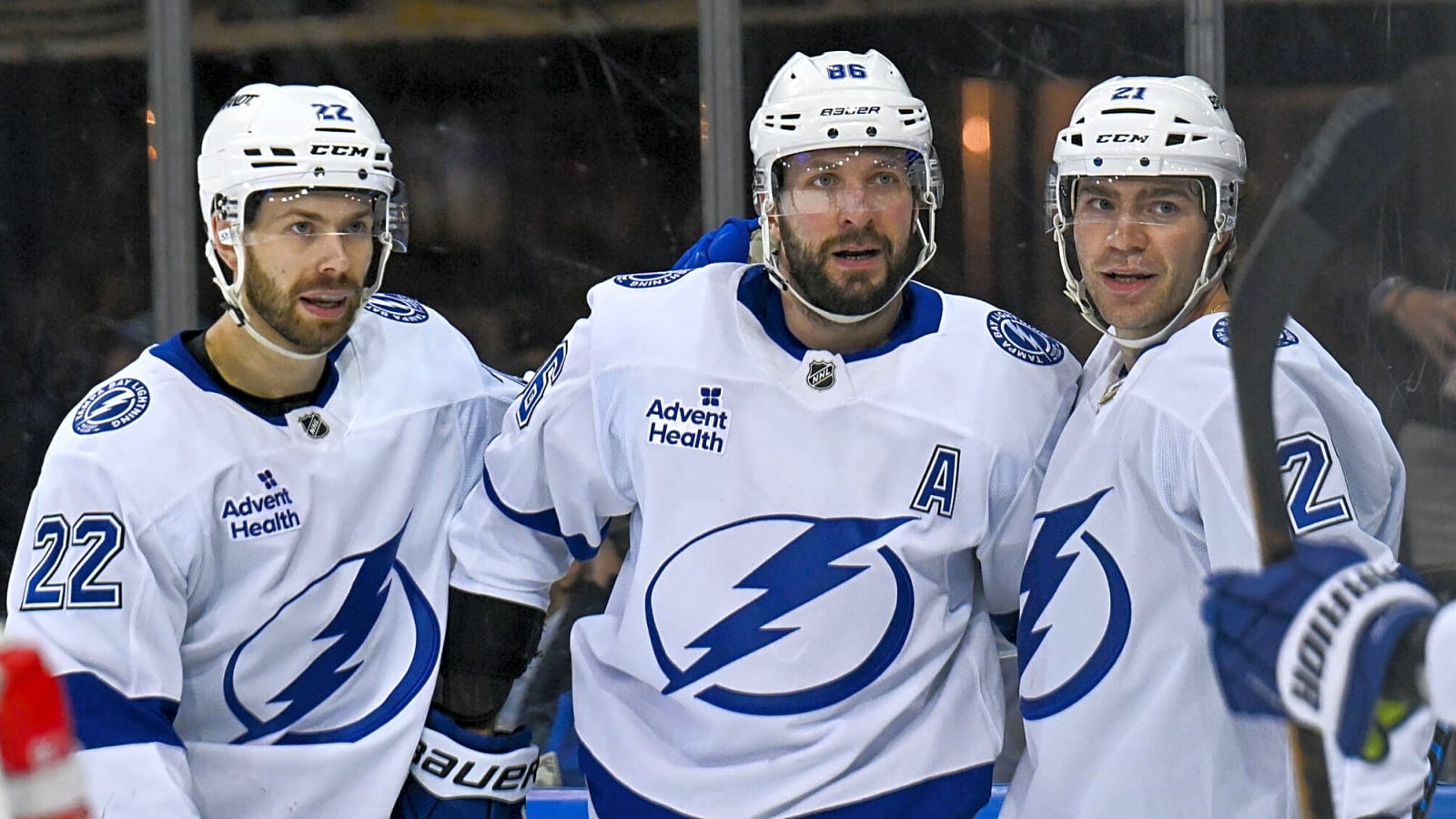
Four teams that can challenge Panthers for 2026 Stanley Cup
After a 5-1 Game 6 win in the Stanley Cup Final over the Edmonton Oilers on Tuesday, the Florida Panthers captured back-to-back championships. Gaining the lead just four minutes into the game, center Sam Reinhart netted the opening goal along with three others, and goaltender Sergei Bobrovsky stopped 28 out of 29 shots.
Now, the focus turns to the 2025-26 season. The NHL Draft and free agency are on the horizon, and teams will look to upgrade to compete with the Panthers. Who can challenge them for the 2026 Stanley Cup? Let's take a look at four teams.
Tampa Bay Lightning
Tampa Bay faced Florida in the first round in a matchup many thought would go seven games. Unfortunately for the Lightning, the Panthers made quick work of their in-state rival, winning in five games.
Despite the loss, Tampa Bay will return almost everyone from its 2024-25 squad that finished seventh overall in the league. That includes 2025 Ted Lindsay and Art Ross winner Nikita Kucherov, 2025 Vezina finalist and former winner Andrei Vasilevskiy, 80-point forwards Brayden Point, Jake Guentzel and Brandon Hagel, and former Norris winner Victor Hedman.
With that roster, they should once again be a top team in the East and should go toe-to-toe with Florida in the Atlantic Division.
Dallas Stars
Dallas made a big splash at the trade deadline, landing superstar winger Mikko Rantanen and signing him to an eight-year contract. Unfortunately for the Stars, they lost to the Oilers in the Western Conference Final, and, following the loss, head coach Peter DeBoer was let go.
That doesn't mean that Dallas can't improve from this past season's results. In addition to Rantanen, they also return starting goaltender Jake Oettinger, top forwards Roope Hintz and Wyatt Johnston and defenseman Miro Heiskanen.
With just under $5 million in cap space, they'll have to do some maneuvering to resign top scorer Matt Duchene and captain Jamie Benn, but if the Stars can get it done, they'll come into 2025-26 with one of the best rosters in the NHL.
Vegas Golden Knights
Vegas was a favorite in the West heading into the playoffs, but fizzled out in five games against the Edmonton Oilers in round two. The Pacific division champions should once again be in the running as a Cup favorite, now two years removed from their 2023 championship.
They should return a similar roster to this past season, which includes top 10 point finisher Jack Eichel, captain Mark Stone and defenseman Shea Theodore. Additionally, they're rumored to be a front-runner to sign top free agent forward Mitch Marner, who would boost an offense that already saw top-five numbers.
One snag? The health of top defenseman Alex Pietrangelo. If he is unable to play next season, Vegas' Stanley Cup hopes will take a big hit.
Colorado Avalanche
The Avalanche are one of the favorites heading into 2026 and for good reason. Despite trading Rantanen, their roster still includes former Hart Trophy winner Nathan MacKinnon, 2025 Norris Trophy winner Cale Makar and captain Gabriel Landeskog, who returned to hockey this postseason after missing three seasons due to injury.
They shored up their center depth, signing trade deadline acquisition Brock Nelson to a three-year deal in June.
Although they do play in the ultra-competitive Central division, with one of the league's best forwards in MacKinnon and a defenseman in Makar, the 2022 Stanley Cup Champions should once again be a threat to win it all.
More must-reads:
- Matthew Tkachuk's message to free-agent teammates won't please Panthers GM
- Brad Marchand directly addresses joining the Maple Leafs on social media
- The 'Top-50 all-time NFL rushers' quiz
Breaking News
Trending News
Customize Your Newsletter
 +
+
Get the latest news and rumors, customized to your favorite sports and teams. Emailed daily. Always free!
